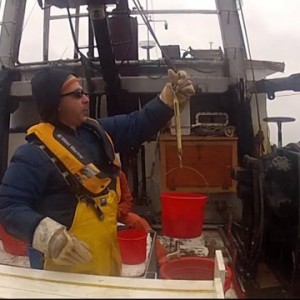
Deepwater Wind discusses their research alongside commercial fishermen in Rhode Island, ensuring that their offshore wind installations will benefit everyone.
View this complete post...







John Hennessy III,
P.E.






Deepwater Wind discusses their research alongside commercial fishermen in Rhode Island, ensuring that their offshore wind installations will benefit everyone.
View this complete post...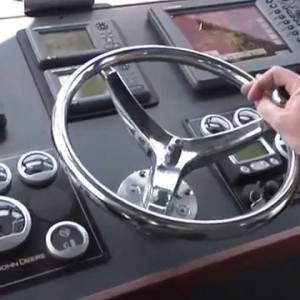
The Port’s newest addition to its small fleet of vessels, the LCM8 Sea Force. POLB is excited to have this boat for the use of the dive team and for emergency and disaster response.
View this complete post...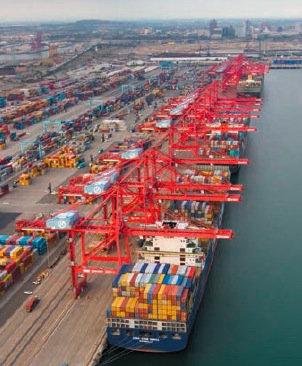
TRANSPORTATION RESEARCH BOARD
The United States depends on transportation to compete globally and to help revive a sluggish domestic economy. Individuals depend on transportation not only to get to work but to shop, socialize, and access health care, among other goals (1). For all of its benefits to the nation and individuals, however, transportation imposes large costs—lost time in traffic congestion, deaths and injuries from crashes, demand for imported petroleum, and the release of greenhouse gas emissions and other forms of pollution.
The video captures construction of Washington’s newest Olympic Class ferry, 144-car Tokitae, from the start of construction through summer 2013.
View this complete post...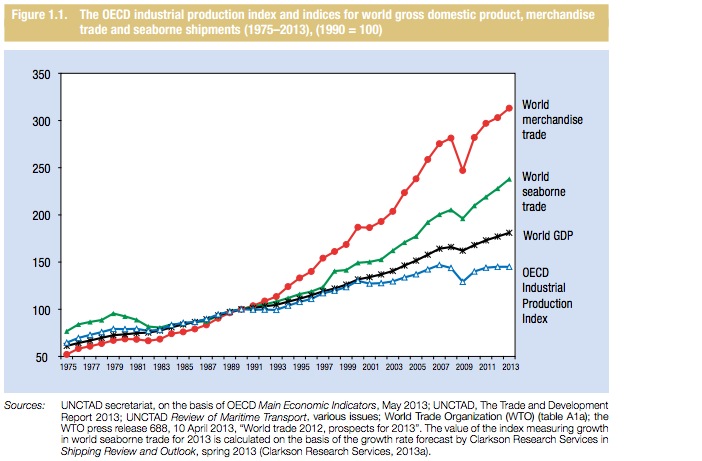
UNITED NATIONS CONFERENCE ON TRADE AND DEVELOPMENT
For the foreseeable future, the United States is projected to remain the largest economy in the world (in monetary terms) and developments there and in Europe will continue to have knock-on effects on developing regions (United Nations Development Programme, 2013). In addition to the overspill effects of the problems facing advanced economies, other indicators, such as export flows of the United States, are also pointing to a continued global interconnectedness.

America’s greatest generation built the world’s greatest infrastructure network, but over time it’s failed to adapt, which costs a lot, personally, and nationally. We’re not doing enough to remedy the solution, even though EVERY CENT of our GDP relies on infrastructure. Without a plan it’s only going to get worse. Our personal safety, financial stability, and lifestyle depends on the health of our infrastructure.
View this complete post...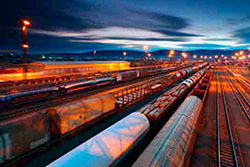
HOUSE COMMITTEE ON TRANSPORTATION & INFRASTRUCTURE
The Panel on 21st Century Freight Transportation conducted hearings, held roundtable discussions, and traveled
to key freight corridors across the United States to gain insight into the current state of freight transportation and
how improving freight transportation can strengthen the economy. The Panel identified many challenges and
impediments to the efficient and safe movement of goods into, out of, and through the United States.
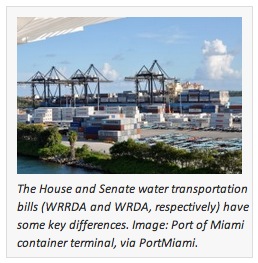
Transportation Issues Daily
The Senate passed its version of a maritime transportation bill (WRDA) last May. The House begins debating its bill (WRRDA) today, so we don’t yet know what the final language will be…But based on the version coming to the House floor for debate, here are five key differences between the two proposals which have financial implications. The first four come courtesy of the Congressional Budget Office, in its Cost Estimate report. The CBO is nonpartisan and produces “independent analyses of budgetary and economic issues to support the Congressional budget process.” The fifth difference is one we’ve written about before, and follow the CBO section.
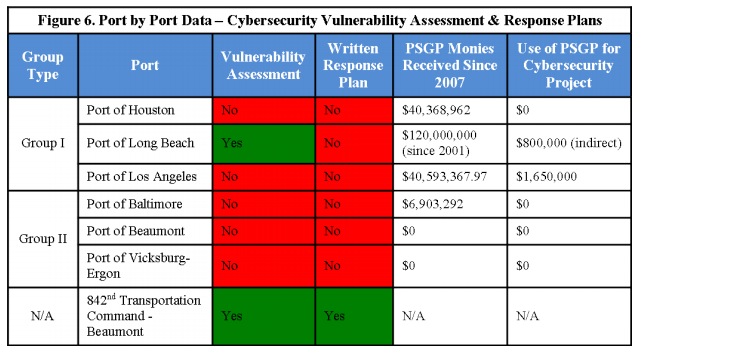
BROOKINGS INSTITUTION
BROOKINGS CENTER FOR 21ST CENTURY SECURITY AND INTELLIGENCE
Today, U.S. port facilities rely as much upon networked computer and control systems as they do upon stevedores to ensure the flow of maritime commerce that the economy, homeland, and national security depend upon. Yet, unlike other sectors of critical infrastructure, little attention has been paid to the networked systems that undergird port operations. No cybersecurity standards have been promulgated for U.S. ports, nor has the U.S. Coast Guard, the lead federal agency for maritime security, been granted cybersecurity authorities to regulate ports or other areas of maritime critical infrastructure.
Follow InfrastructureUSA
Video, stills and tales. Share images of the Infra in your community that demands attention. Post your ideas about national Infra issues. Go ahead. Show Us Your Infra! Upload and instantly share your message.
Is the administration moving fast enough on Infra issues? Are Americans prepared to pay more taxes for repairs? Should job creation be the guiding determination? Vote now!
What do the experts think? This is where the nation's public policy organizations, trade associations and think tanks weigh in with analysis on Infra issues. Tell them what you think. Ask questions. Share a different view.
The Infra Blog offers cutting edge perspective on a broad spectrum of Infra topics. Frequent updates and provocative posts highlight hot button topics -- essential ingredients of a national Infra dialogue.
It is encouraging to finally see clear signs of federal action to support a comprehensive US infrastructure investment plan.
Now more than ever, our advocacy is needed to keep stakeholders informed and connected, and to hold politicians to their promises to finally fix our nation’s ailing infrastructure.
We have already engaged nearly 280,000 users, and hoping to add many more as interest continues to grow.
We require your support in order to rise to this occasion, to make the most of this opportunity. Please consider making a tax-deductible donation to InfrastructureUSA.org.
Steve Anderson
Managing Director
SteveAnderson@InfrastructureUSA.org
917-940-7125